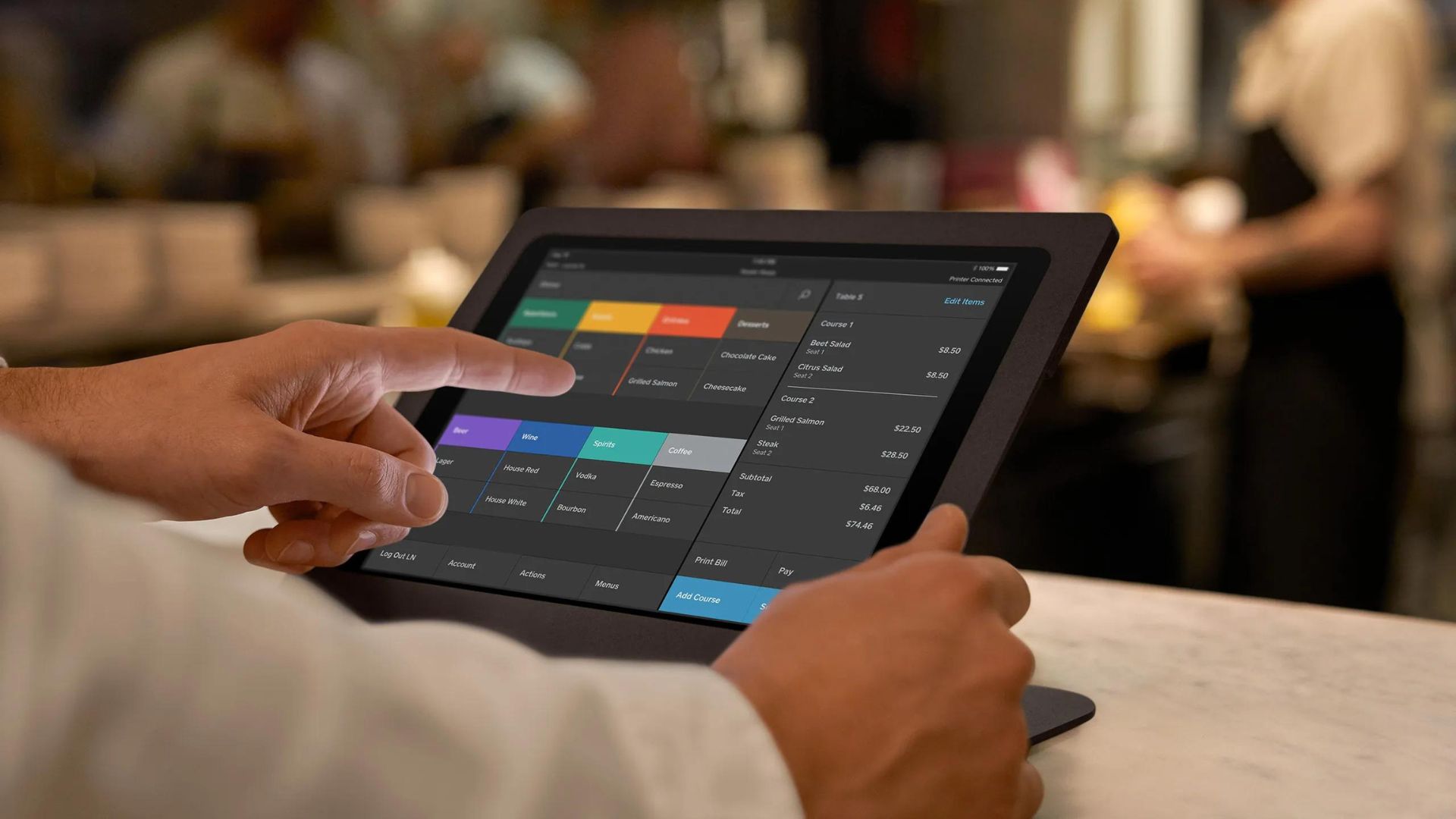How to Optimize Your POS System for Faster Transactions

In today’s fast-paced business environment, speed and efficiency are key to providing a great customer experience. A quick and seamless checkout process can significantly impact customer satisfaction and retention, making the optimization of Point of Sale (POS) systems essential for businesses. Whether you run a retail store, restaurant, or any customer-facing business, optimizing your POS system for faster transactions is crucial. Here’s how you can achieve this:
1. Upgrade Your Hardware
The hardware you use plays a significant role in the speed of your POS system. Outdated hardware can slow down transaction times, leading to longer wait times and frustrated customers. Consider upgrading to faster processors, more RAM, and SSD storage. Modern POS hardware is designed to handle high transaction volumes efficiently and can process data quickly, ensuring that transactions are completed in seconds.
Key Points:
- Use POS terminals with updated processors and sufficient memory.
- Invest in touch-screen displays that are responsive and easy to use.
- Opt for high-speed printers for receipts to minimize wait times.
2. Use Cloud-Based POS Solutions
Cloud-based POS systems are gaining popularity due to their flexibility and efficiency. Unlike traditional POS systems, cloud-based solutions store data online, allowing for faster processing and real-time updates. This setup reduces the need for on-site servers, which can be slow and require regular maintenance. Cloud-based systems also allow for easy scalability, so your POS can grow with your business without sacrificing speed.
Key Points:
- Cloud-based systems offer faster data processing and real-time updates.
- They require less maintenance and reduce the risk of hardware failure.
- Easy to scale up or down based on business needs.
3. Streamline Your POS Software
POS software plays a crucial role in the speed of transactions. Ensure that your POS software is user-friendly, intuitive, and optimized for quick navigation. Customize the interface to highlight frequently used functions and streamline the checkout process. By reducing the number of steps needed to complete a transaction, you can speed up the entire process.
Key Points:
- Use POS software with a simple, intuitive interface.
- Customize the layout to highlight popular items and functions.
- Minimize the steps required to complete a transaction.
4. Implement Contactless Payment Options
Contactless payments have become increasingly popular due to their speed and convenience. Implementing contactless payment options, such as NFC-enabled cards, mobile wallets, and QR code payments, can significantly reduce transaction times. Customers can simply tap or scan their payment method, eliminating the need for card swipes or cash handling, which can slow down the process.
Key Points:
- Enable NFC payments for quick, tap-and-go transactions.
- Accept mobile wallets like Apple Pay, Google Pay, and Samsung Pay.
- Use QR codes for easy mobile payment options.
Also read: Future Trends in POS Systems: Innovations Shaping the Retail Industry
5. Train Your Staff Efficiently
Even the best POS system can be slow if your staff isn’t trained to use it efficiently. Regular training sessions will ensure that your employees are familiar with the POS system’s features and can navigate the interface quickly. Teach them shortcuts, how to handle common issues, and how to process different types of transactions. Well-trained staff can handle transactions more swiftly and provide better customer service.
Key Points:
- Conduct regular training sessions for staff on POS usage.
- Provide quick reference guides for handling different transaction types.
- Train staff on troubleshooting common issues.
6. Optimize Inventory Management
Effective inventory management is essential for a fast POS system. Integrate your POS system with your inventory management software to automate stock updates and avoid manual entry, which can slow down transactions. Real-time inventory tracking ensures that your POS system always has up-to-date information, preventing delays caused by checking stock levels.
Key Points:
- Integrate inventory management with your POS system for real-time updates.
- Automate stock level updates to avoid manual entry.
- Use barcode scanners to speed up product lookups and transactions.
7. Regularly Update Your POS System
Keeping your POS system software up to date is crucial for maintaining speed and efficiency. Regular updates provide new features, security patches, and performance improvements that can enhance transaction speed. Make it a habit to check for software updates and install them promptly to keep your POS system running smoothly.
Key Points:
- Regularly check for and install software updates.
- Updates provide new features and performance enhancements.
- Security patches help protect your POS system from threats.
Conclusion
Optimizing your POS system for faster transactions is essential for improving customer satisfaction and boosting your business’s efficiency. By upgrading hardware, using cloud-based solutions, streamlining software, implementing contactless payments, training staff, optimizing inventory management, and keeping your system updated, you can ensure a smooth and speedy checkout process. Faster transactions not only enhance the customer experience but also increase your business’s capacity to handle more sales, ultimately leading to higher revenue. Implement these strategies to make your POS system an asset that drives your business forward.
Visit our site at www.dibtech.com.au
Visit our YouTube channel for tutorials Dibtech






